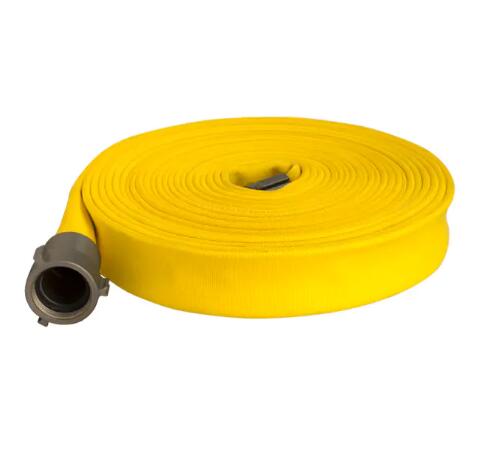Firefighting is a critical operation that requires reliable and robust equipment. Among these, the rubber firefighting hose stands out as an essential tool for delivering water or other fire-suppressing agents to the source of a fire. These hoses are designed to withstand high pressures and temperatures, ensuring that firefighters can effectively combat fires in various scenarios.
Rubber firefighting hoses are typically made from a blend of synthetic and natural rubber, which provides them with the necessary flexibility and durability. The material is chosen for its resistance to abrasion, weathering, and the heat generated by fires. These hoses are often reinforced with multiple textile layers to enhance their strength and pressure tolerance.
One of the key features of a rubber firefighting hose is its ability to resist kinking. Kinking can obstruct the flow of water and hinder firefighting efforts. High-quality hoses are designed with a smooth bore to facilitate a steady flow of water, even at high pressures. Additionally, the outer cover of the hose is crafted to resist ozone and UV damage, prolonging its service life.
Maintenance of rubber firefighting hoses is also straightforward. Regular inspections for signs of wear, cracks, or damage are crucial to ensure the hose's integrity. Fire departments and other organizations that rely on these hoses for firefighting must adhere to a strict maintenance schedule to keep them in optimal condition.
In conclusion, rubber firefighting hoses are indispensable in the firefighting industry. Their construction, materials, and design features are all tailored to meet the demanding requirements of firefighting operations. By understanding the importance of these hoses and maintaining them properly, firefighters can rely on them to perform their critical role in extinguishing fires.



